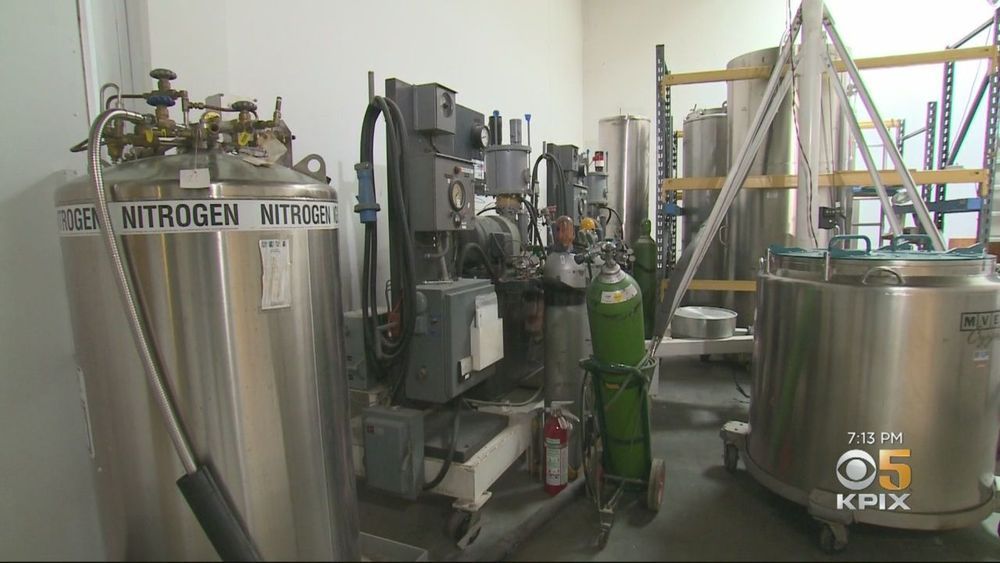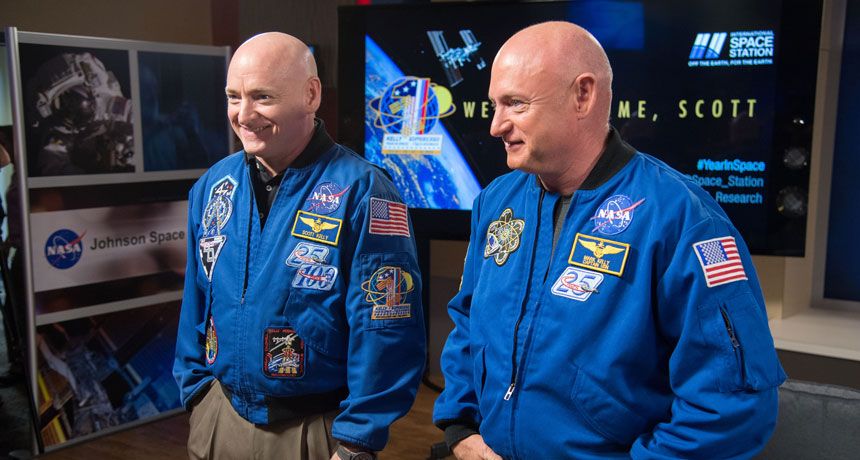KIRK DOUGLAS AND HIS WIFE are now centenarians together. I have always liked Kirk and his Son Michael Douglas, so much so, over two decades ago I reached out to their Hollywood agent at William Morris and asked if Kirk Douglas would be interested in buying a script and playing a part of the main character in the script which is-was a telling of a biographical segment of my Life and a Jewish War hero from Russia I had met and befriended just months before he died.
Kirk Douglas is 102 years old and will reach his next birthday milestone on December 9th. Most loyal Douglas fans know this! However, many people don’t realize that his wife, Anne Buydens, just turned 100. Talk about longevity in their family! The lovely couple has been married for 64 years and the actor calls his wife his “soulmate.” Aww!
Part of the Douglas family includes his son, Michael Douglas, and his wife Catherine Zeta-Jones. With this being said, Anne often doesn’t make headlines as much as the other members of the family do, but she is this time!
Anne Buydens was born in 1919 in Hanover, Germany and her family moved to Belgium shortly after. She was well-educated and knew several different languages, including English, German, and French. She was living and working in Paris when she met actor Kirk Douglas and he asked her on a date in 1953.
Read more








